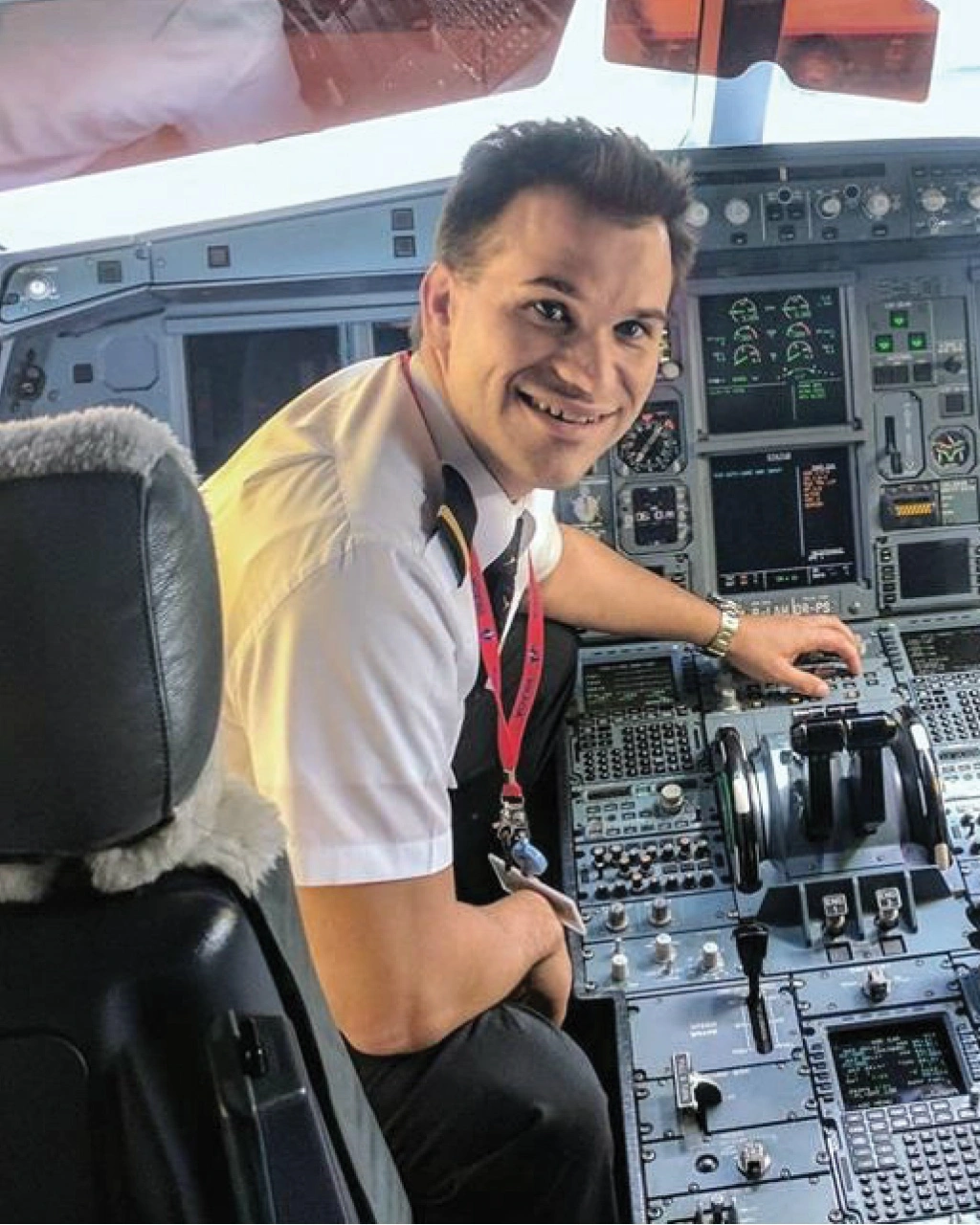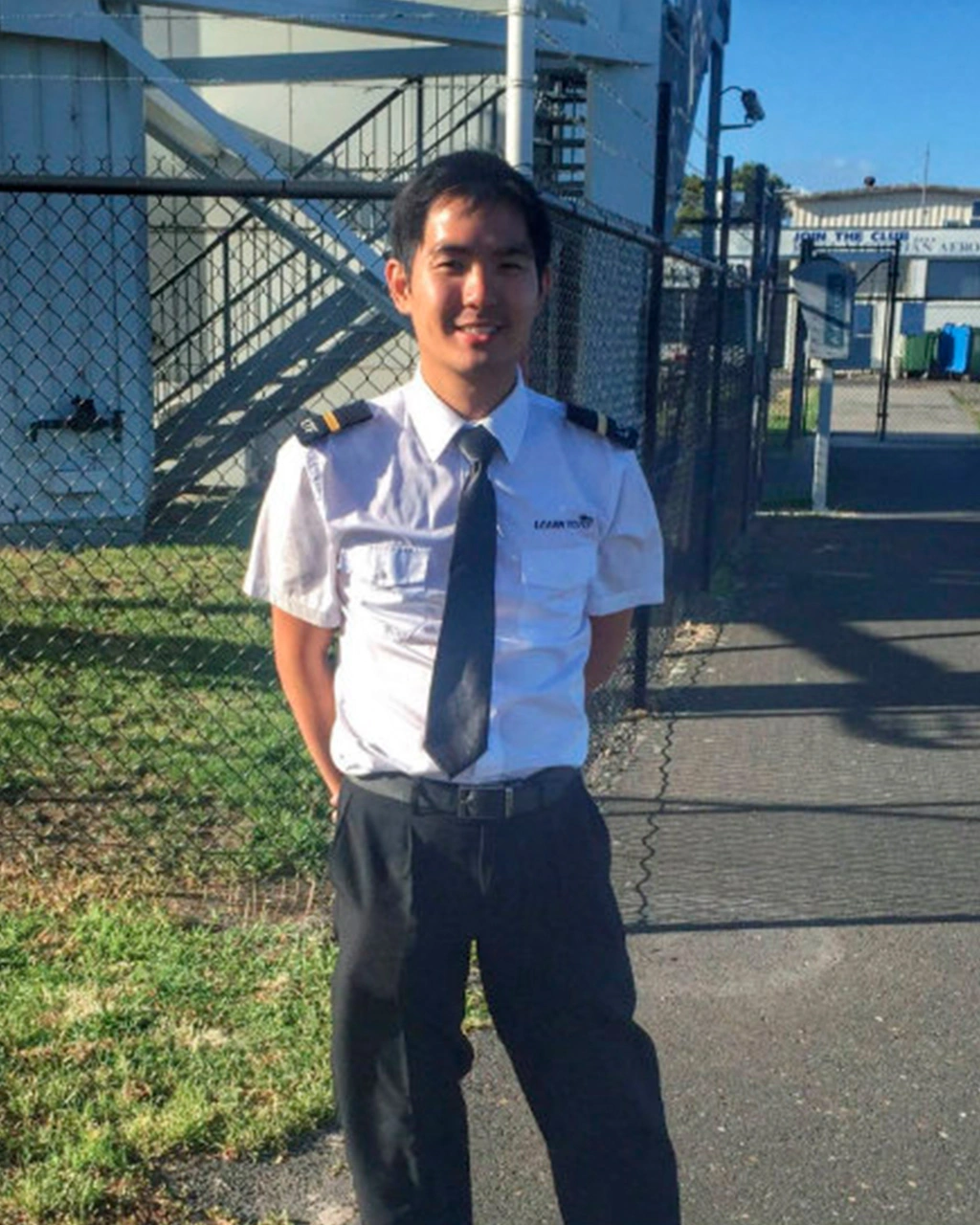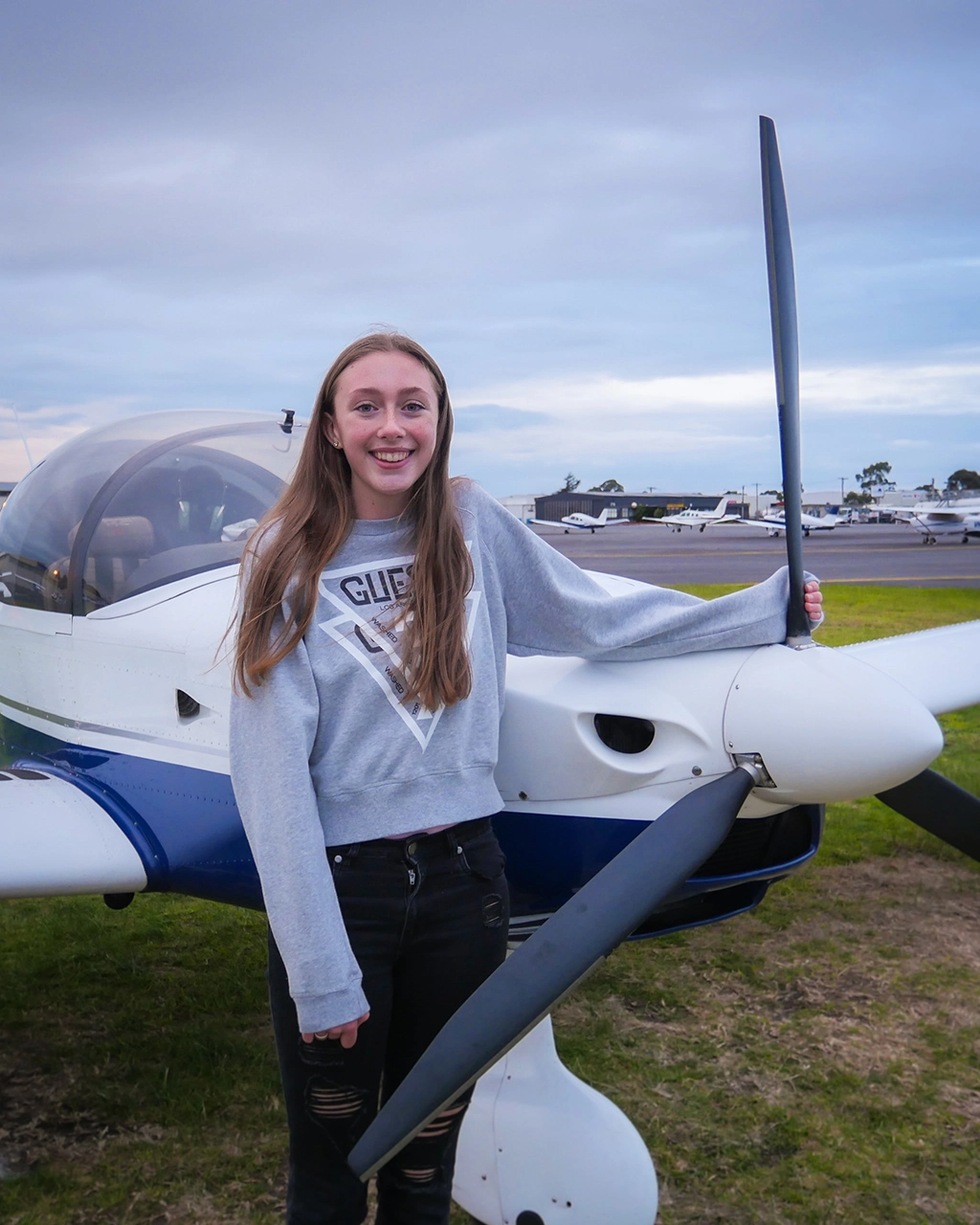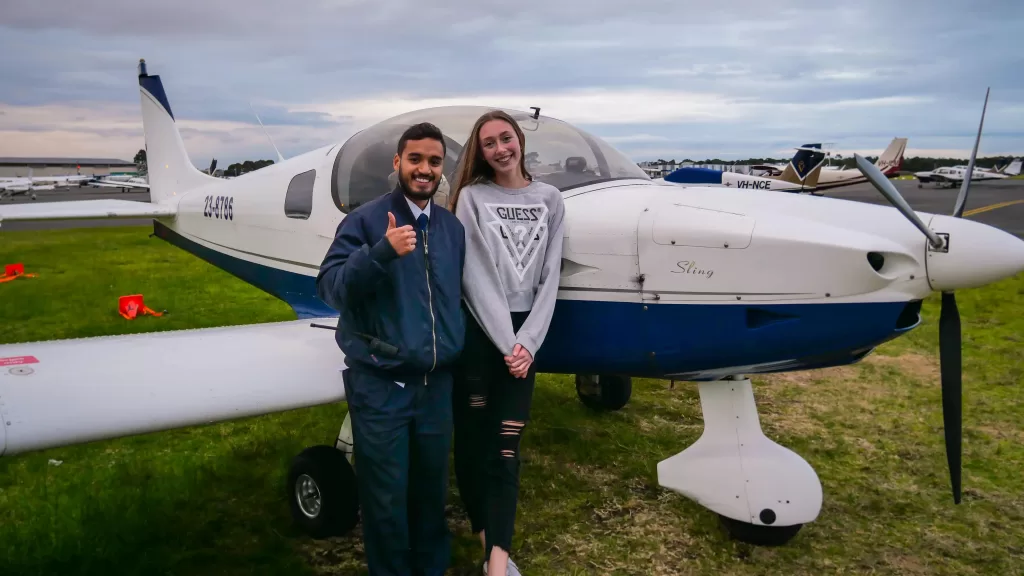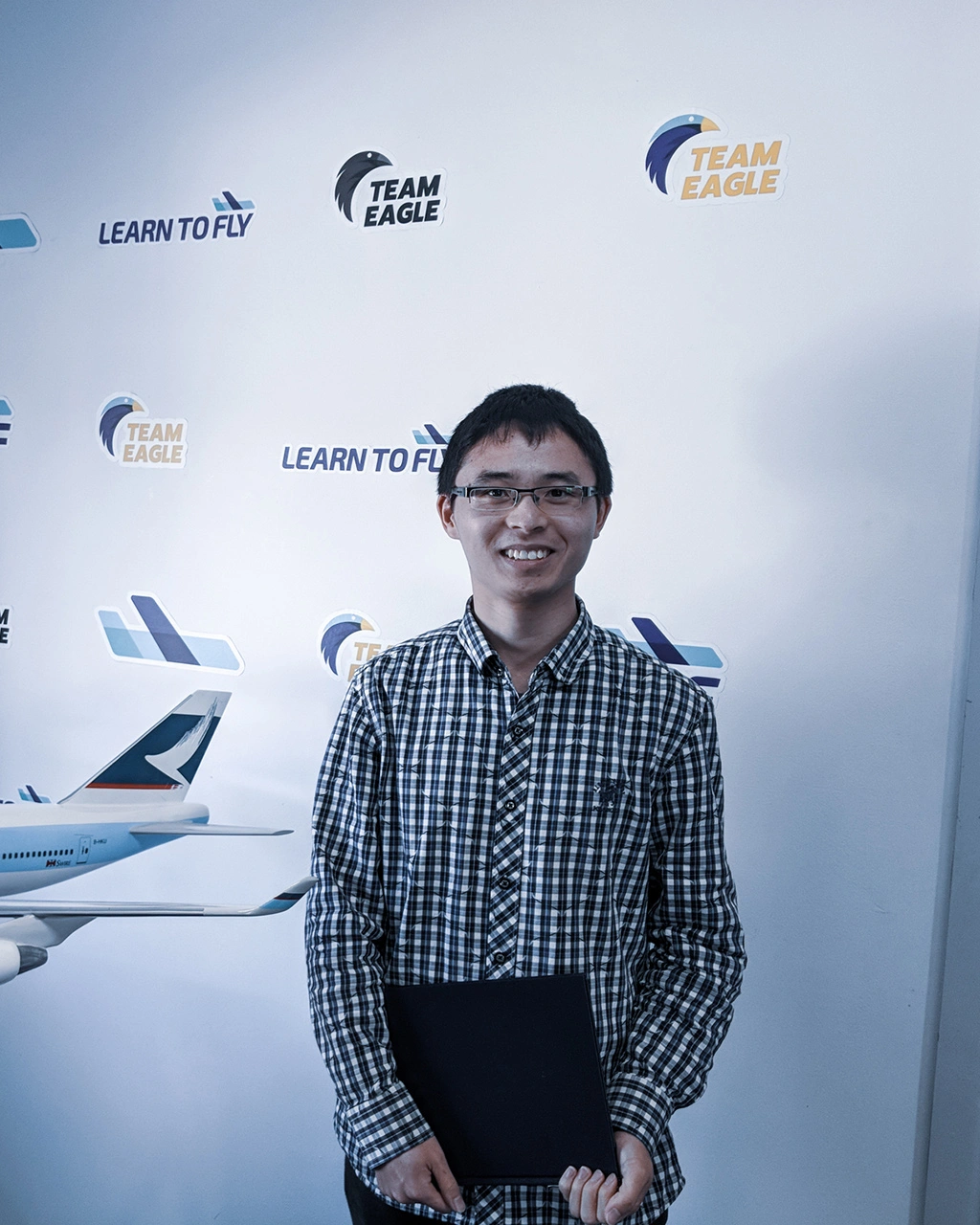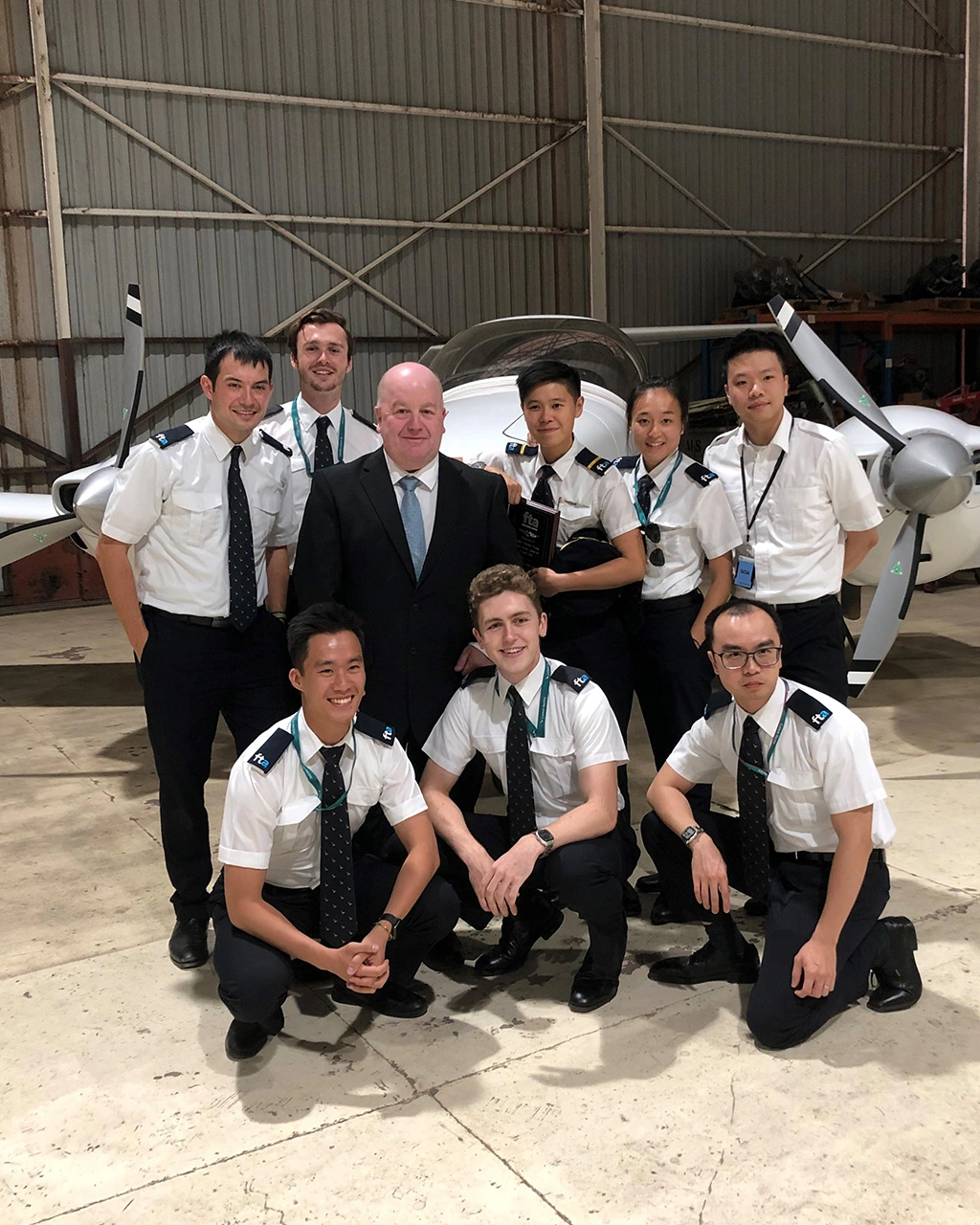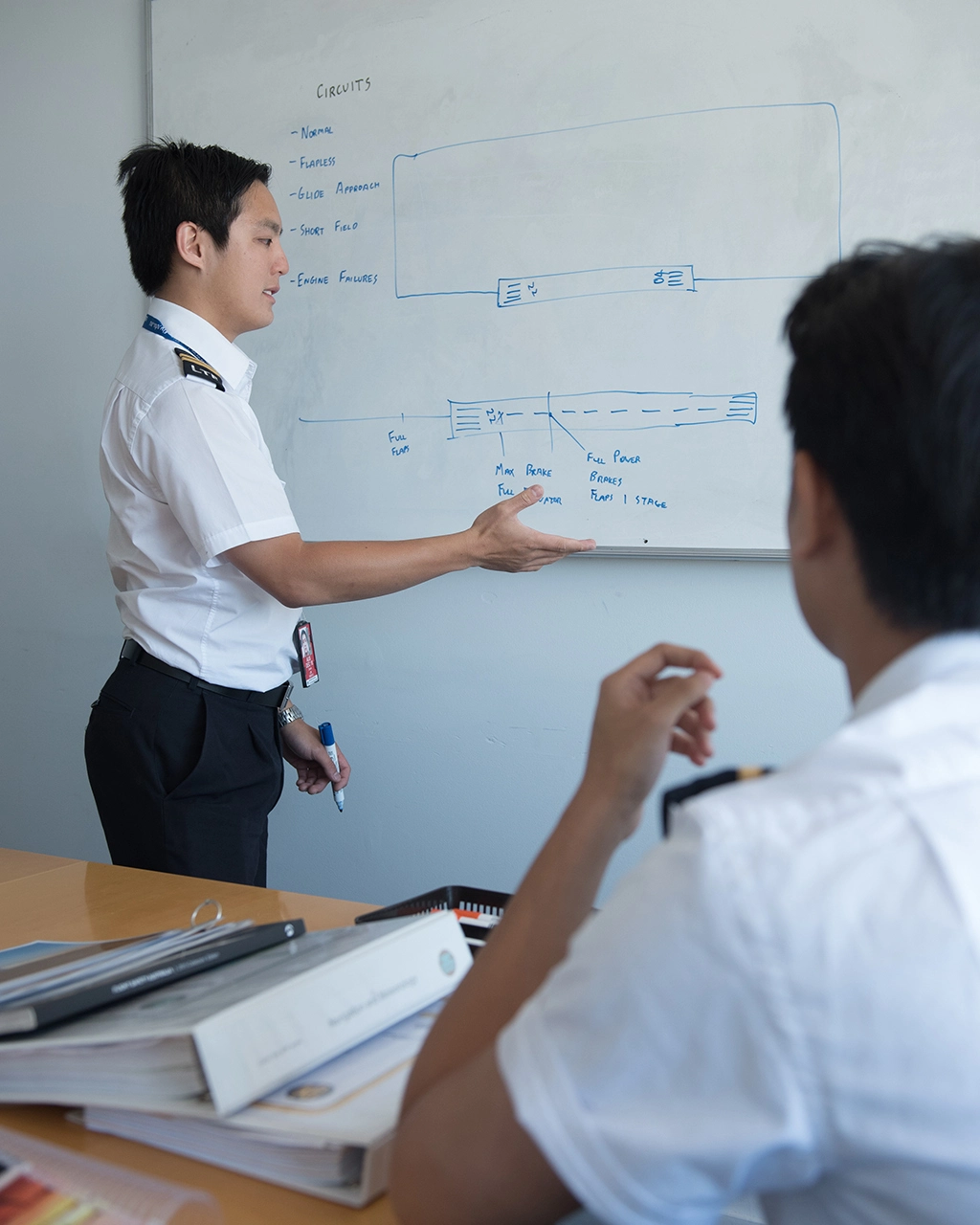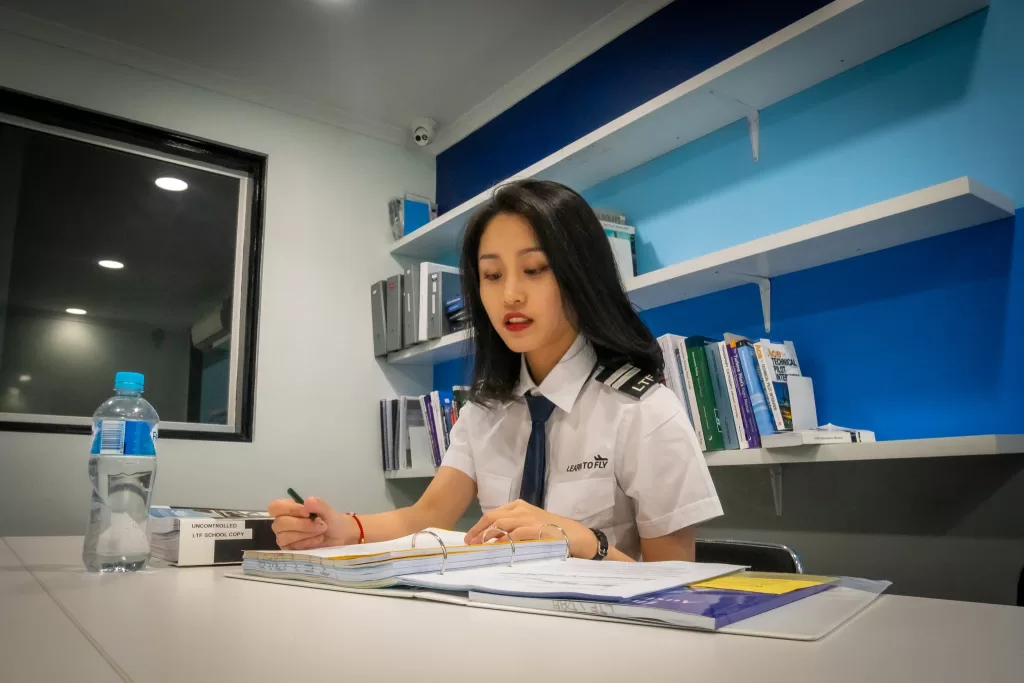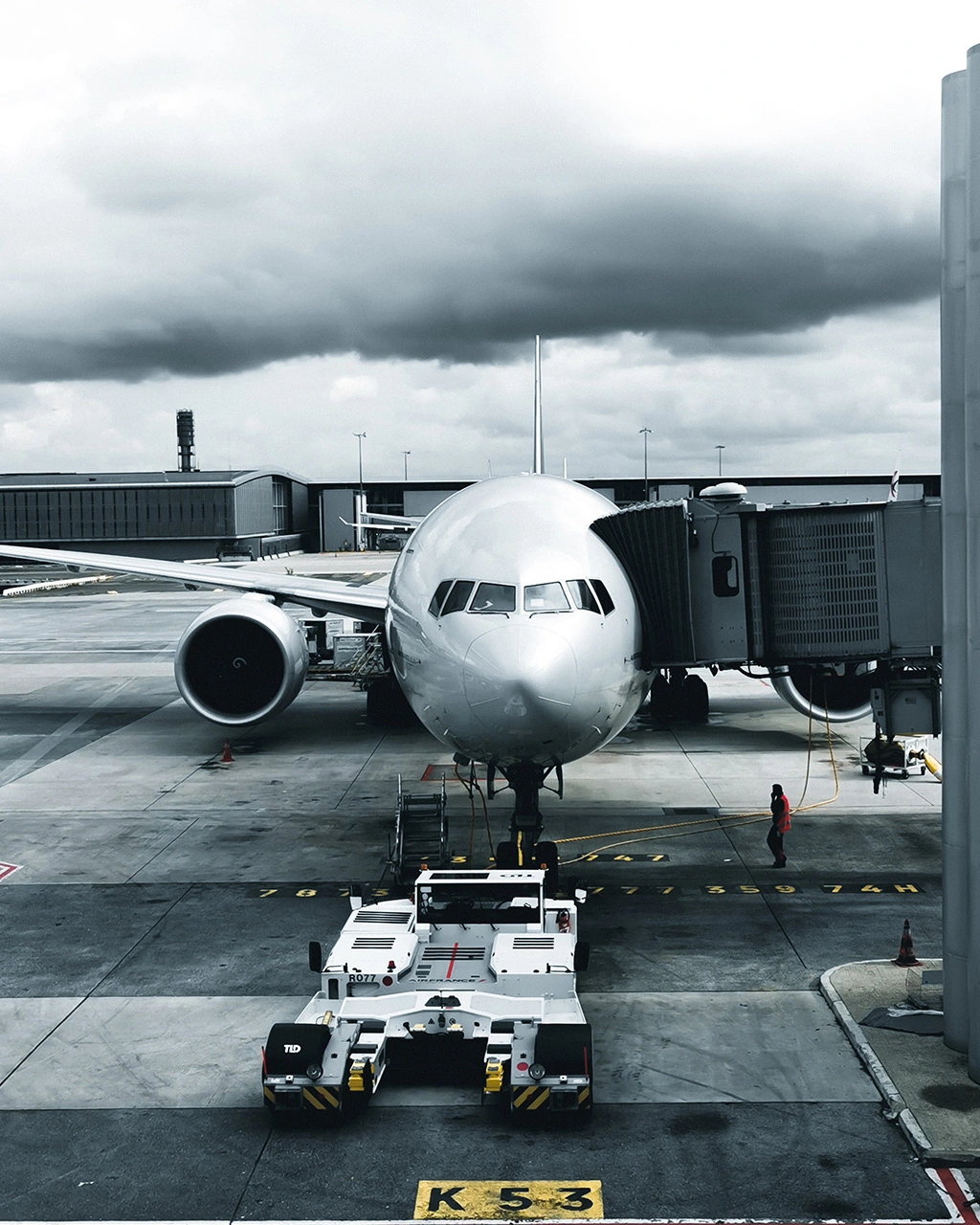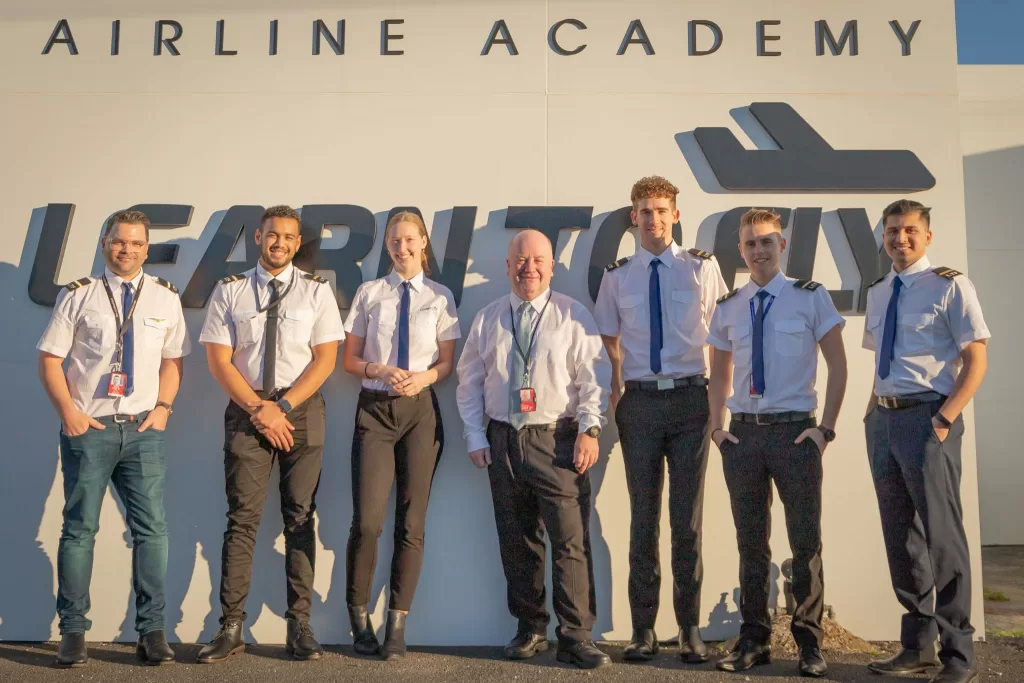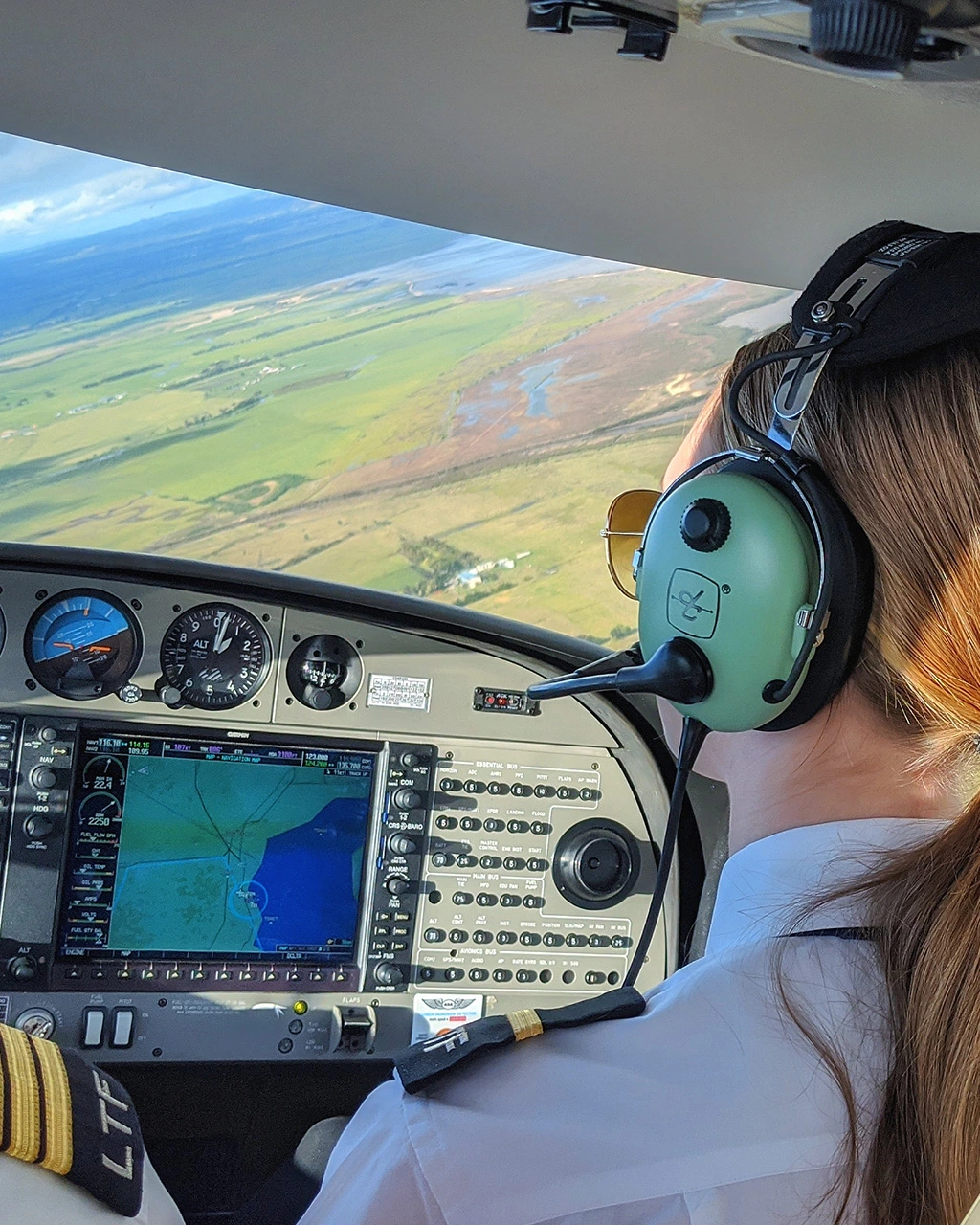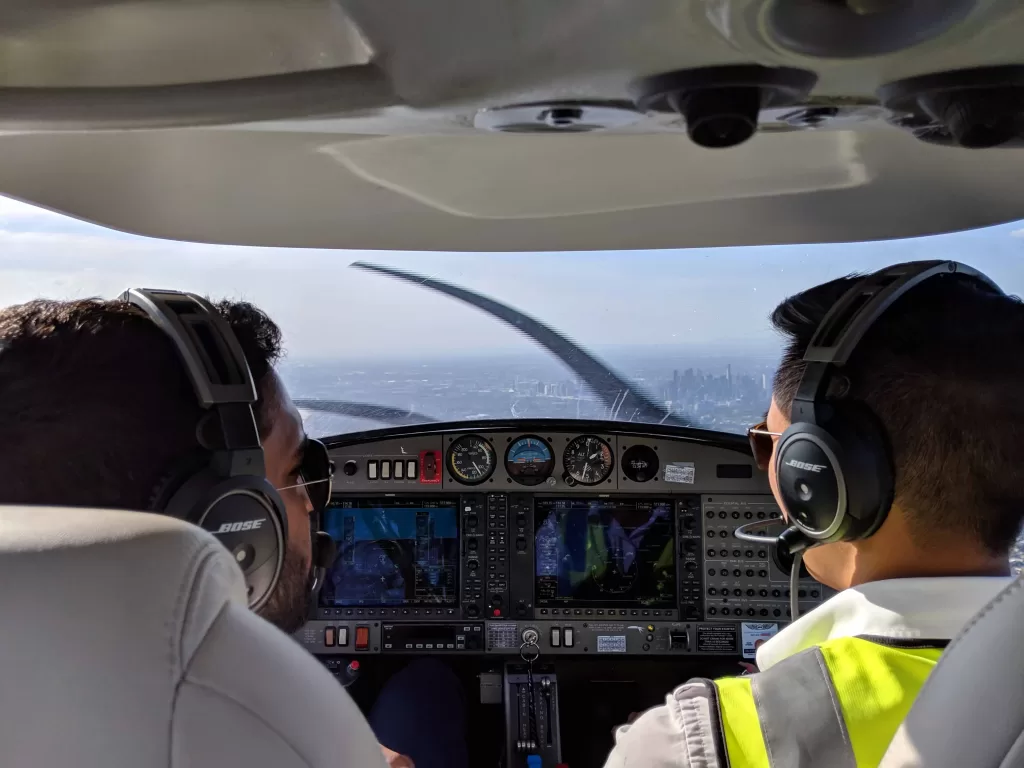We spoke to Matt Waterton, one of the success stories of our Airline Interview Coaching Session about his passion for flying, his experiences in applying and being accepted into a cadet program, and then becoming an airline Second Officer. Matt is well on his way to achieving his aviation dreams in the airline industry.
Even for those young men and women who have already taken steps towards being a pilot, until very recently a career as an airline pilot has still seemed out of reach. Many major airlines are opening up their doors, increasing numbers in their cadet and direct entry programs and offering new entry points into the industry.
Tell us a bit about your background and what made you interested in flying
I travelled regularly as a child and found myself more interested in what type of aircraft I was flying on, rather than the trip itself. In the days when it was legal, I used to visit the flight deck where I found myself fascinated by the complexity of the dials and switches. I remained in the cockpit during landing on several flights, and it was on one of these occasions when the captain allowed me to wear headphones and listen to Air Traffic Control, that I realised flying was my passion.
What do you love most about flying?
I still find that there is still nothing quite like accelerating down the runway and taking off. However, I do enjoy looking at the night sky and observing things I wouldn’t usually be able to see; the International Space Station, shooting stars, and the ever-changing scenery down below.
If you were given the opportunity to fly any aircraft in the world, what would it be?
Unfortunately for me, I have always had a soft spot for the Concorde. It flew higher and faster 50 years ago than any airliners in active service today. The Concorde truly made the world a much smaller place. It amazes me that Concorde was designed and engineered in a time without computers as we know them.
What is your ultimate flying goal?
I’d love to be the captain of an airliner into London or my hometown of Brisbane.
Tell us about your current airline Second Officer role
I’m currently a Second Officer at a major airline based in Asia. It’s a great job – I mainly fly sectors back to Australia, so I always get to catch up with my family. The crew are fantastic and easy to talk to, and very supportive if I’m due for any upcoming training sims.
Did you have any flying experience before you decided to apply for airlines?
I used to fly skydivers in a Cessna aircraft. It was a great job for getting used to manually handling an aircraft and seeing how they perform. I then worked as a charter pilot in a twin-engine piston aircraft based in Queensland. I primarily flew passengers to remote towns in Australia, landing on some interesting landing strips.
Was the interview process what you expected?
Yes, it was indeed. I made sure I did everything I could to prepare for the process. I found the interview itself to be less confronting than I had expected, that was a big relief! I had to pass an initial interview, followed by two days of testing before I was accepted. The two days encompassed a group interview with other candidates (a problem-solving activity), psychometric testing, a simulator assessment in a 747 simulator, and finally a panel interview.
What are the main things that you found challenging during the interview process, and what advice would you give to future applicants?
Waiting to see if I was successful or not was agonising. I’d jump every time I received an email! Make sure you receive all the help you can for your interview; interview preparation, reading through online forums to see what to expect, and running through the simulator assessment on a flight simulator.
Make sure you’re completely familiar with the airline you’re applying to. That includes where they fly to, knowing about the country in which the airline is based, which aircraft they operate, and most importantly – what is expected of you in the position you’re applying for. Knowing you’ve done everything you can makes it that much easier to stay calm and be yourself during the interview.
Airline Pilot Interview Preparation Courses
Whilst now is the perfect time to look at an airline career, getting there is still very competitive and challenging. To give yourself the best possible chance of success, you need an edge. That edge is preparation, and knowledge from people experienced in how both the cadet program itself and the industry in general works.
Captain Darren McPherson from ACS – Aviation Consulting Services is our specialist airline interview consultant. He runs our highly successful airline interview courses, which includes the Future Cadet Pilot Program (FCPP) and Airline Interview Coaching Session.
Matt becoming an airline Second Officer is just one of many success stories to come out of these courses, which give you a proven edge over other applicants. We’d like to thank Matt for sharing his story and experiences.
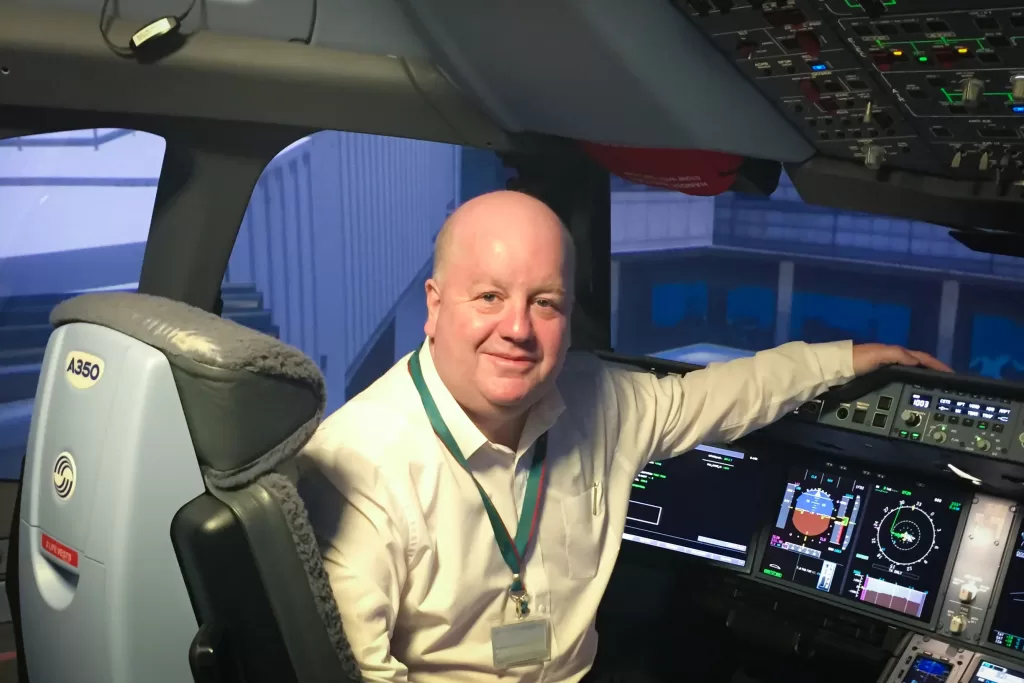
For further information or to register your interest in our airline interview preparation courses, email hello@learntofly.com.au or visit https://drift.me/learntofly/meeting to book a meeting and school tour.









